Richard Estes is best known for his photo-like paintings of the gleaming and infinitely reflected streets of New York. They are easy to recognize and even easier to appreciate. A comprehensive survey featuring 50 of his paintings – more than half of which are from private collections – is now on view at the Portland Museum of Art.
Estes is widely (and rightly) credited as the main force behind “photorealism,” what many Americans now see as “realism.” While Estes’ work requires technique to succeed, it is hardly about creating a literal translation of the world in paint. Rather, it is a deep investigation into the relationship between the historically dominant mode of visual culture – painting – and its would-be usurper – photography.
While he now splits his time evenly between New York and Maine, Estes was born in 1932 in Kewanee, Illinois. He grew up with a camera in his hand and a paint brush in the other. He made his way in commercial publishing as a paste-up and illustration artist (a notable parallel to Warhol); so his duties included making paintings from photographs. In 1968, Estes sold out his first New York City gallery show, and immediately major collectors and museums queued up to acquire his work.
Estes’ paintings typically share an unmistakable feel, featuring cold light on an uninteresting cityscape under a flat blue-sky rendered in a chalky white palette by an uncannily pristine hand.
The view of the Brooklyn Bridge, for example, is a snapshot a tourist might take from the bridge’s walkway. The Twin Towers are off to the left (south) and the Empire State Building is up to the right, just past the Manhattan Bride. It’s a simple enough scene – except if you know it well. The Empire State Building, for example, isn’t that tall. But it’s an important and recognizable landmark.
After spending time in the show, many viewers will realize this isn’t “fudging” on Estes’ part, but rather, it’s the wide open back door to his artistic project.
As a style, realism is nothing more than a big bag of tricks – conventions honed by practice and skills that anyone can learn. What passes for realism has constantly changed over the centuries with the invention of things like oil paint, glazing and single-point perspective. Estes’ work is not about what we see, but how we see. It is easy to appreciate and hard to explain because it operates as much in the subconscious realm as anywhere else. It’s about settings and backgrounds instead of main characters (think Atget) – places we don’t usually look.
What matters most is not how Estes’ paintings act like photographs, but what they do as paintings.
Consider Estes’ “View Toward La Salute, Venice” (1980). It looks like a 6-foot wide photograph of Venice taken from a ferry. With a sliver of land between them, water and sky on the left take up most of the image. The perspective lines shoot straight along the outside walkway of the ferry and point towards a round convex mirror (an exquisite reference to Van Eyck’s 1434 masterpiece “Arnofini Marriage”). Whether or not you understand what it means to paint with multiple perspective systems, you can feel that the group of buildings off to the left is from a different photograph. And, no doubt, it is.
While writers have complained about this aspect of Estes’ paintings, it is one of the most exciting aspects of “Richard Estes’ Realism.” A photograph has a fixed single-point perspective system: one vanishing point, one horizon line, etc. But this is not how we look at the world. Unlike the camera lens, our eyes move. In front of this long painting, we turn our head from the basilica on the right to the bell tower on the left which shifts our perspective. (The fixed nature of photography is changing with panorama apps in every smart phone – which only makes Estes more interesting.)
This effect is most evident in Estes’ woods scenes. As you move your eye to either side, you find additional visual paths – something that cannot be done with a camera.
Surprisingly, the tight-lipped Estes even included in this show photo sketches made from multiple photographs to help us understand.
A New York Times writer once complained that Estes’ “detailed paintings… fail to hold much interest beyond the way they were painted.” But Estes is clear that his artistry is focused on heady, calculated effects – not his skill with a brush.
For Estes, realism is an effect. Sometimes it’s spontaneous like a snapshot: mundane, a little dirty, no narrative, no metaphor and just enough details to make it credible.
Consider the tiny bit of grime on the window of “View of Manhattan from Staten Island Ferry” (2008). Once again, we have a clear interior perspective system on the right and an expanse of water and sky sandwiching a major city. Another vanishing point is clear between the two buildings behind the copper-tipped Woolworth Building, but we are drawn to the far left punctuated by the eminently recognizable State of Liberty.
This ferry’s white wake offers a problem for Estes. While his photographs lay out the precise role of the waves, Estes looks to painting – not photography – for solutions to rendering the whitecaps and foam. The white water here ranks amongst Estes’ most painterly passages in the show.
While Estes branched out from New York to international cities, he also has taken on more and more Maine scenes, all of which revolve around the play of light on water.
Estes’ Maine paintings are psychologically cool but nonetheless calm and appealing. Their key points reside in typically unnoticed passages, like the edges of reflections dappled by water. Despite Estes’ apparent reverence for Frederic Church (arguably the founder of Maine landscape painting), these paintings are filled with heady wit in the form of sleights, feints and cover-ups.
Estes feels fascinated with photography’s quirks and flaws: distortion at the edges, non-uniform focus, depth-of-field issues and so on. That fascination drives his work – particularly how psychology and the nuts and bolts of pictorial representation continually re-form each other.
Estes might seem cool and calculating, but he is hardly objective. And, he has a passion for magic.
Freelance writer and critic Daniel Kany is an art historian who lives in Cumberland. Contact him at:
dankany@gmail.com
Send questions/comments to the editors.

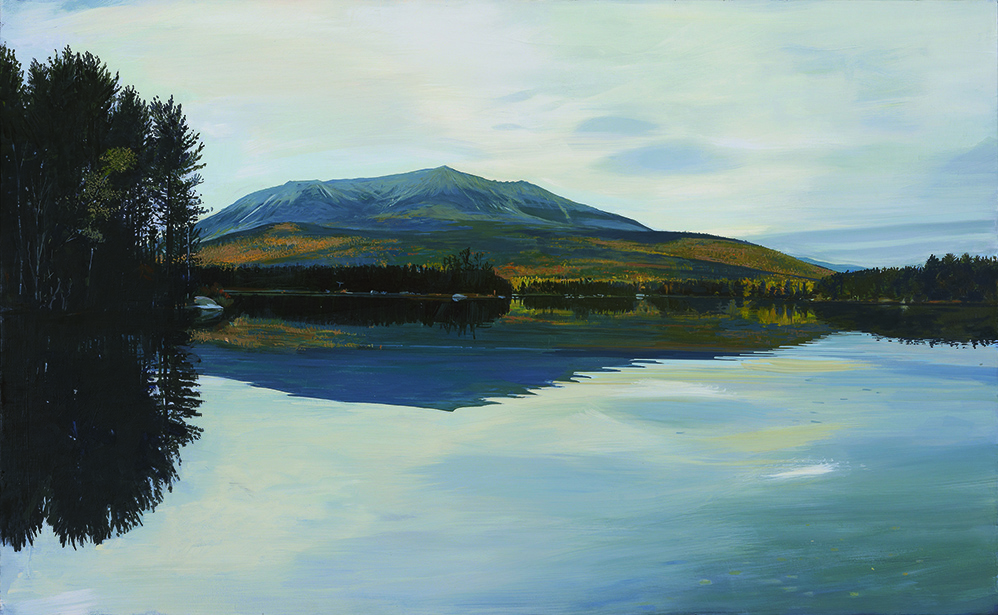
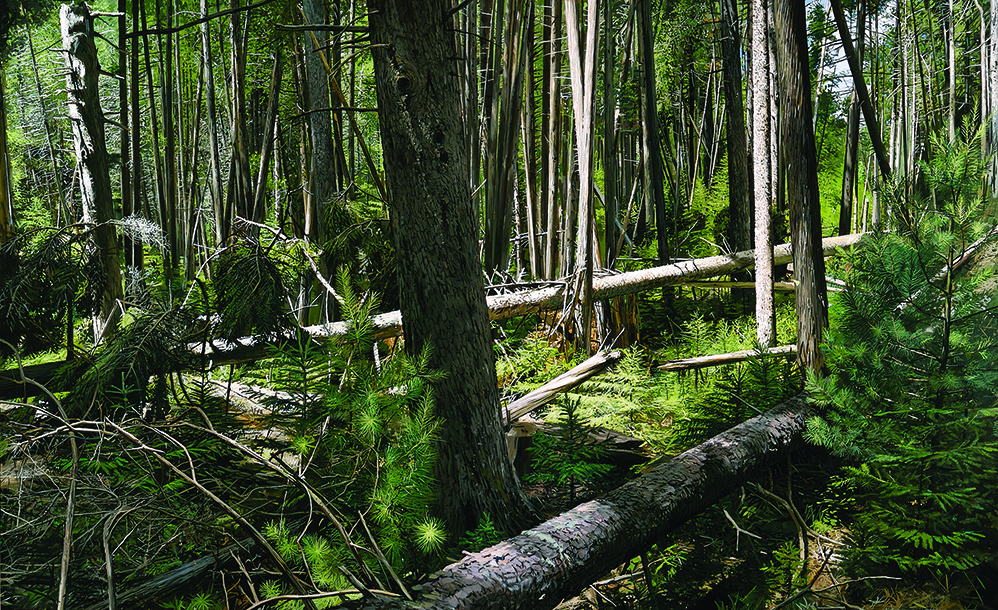
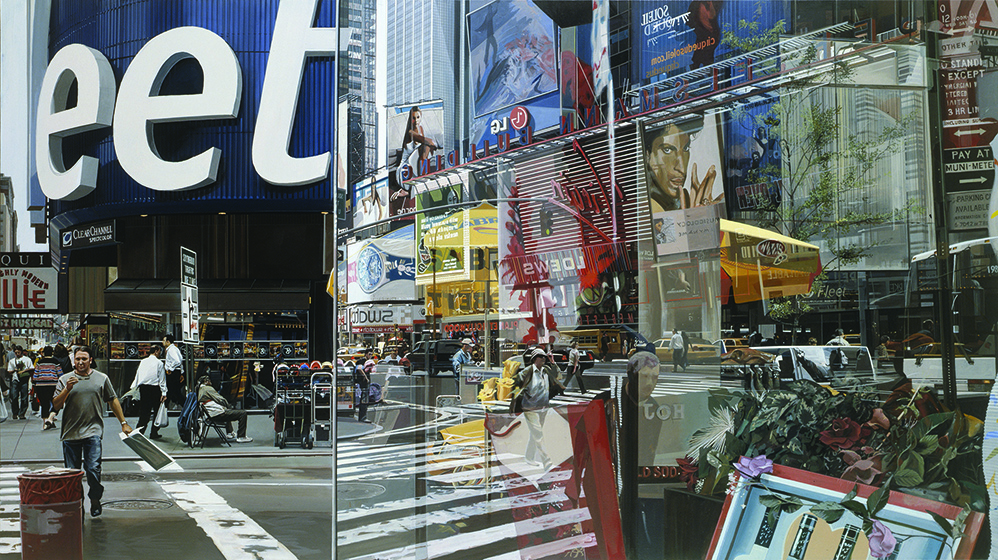
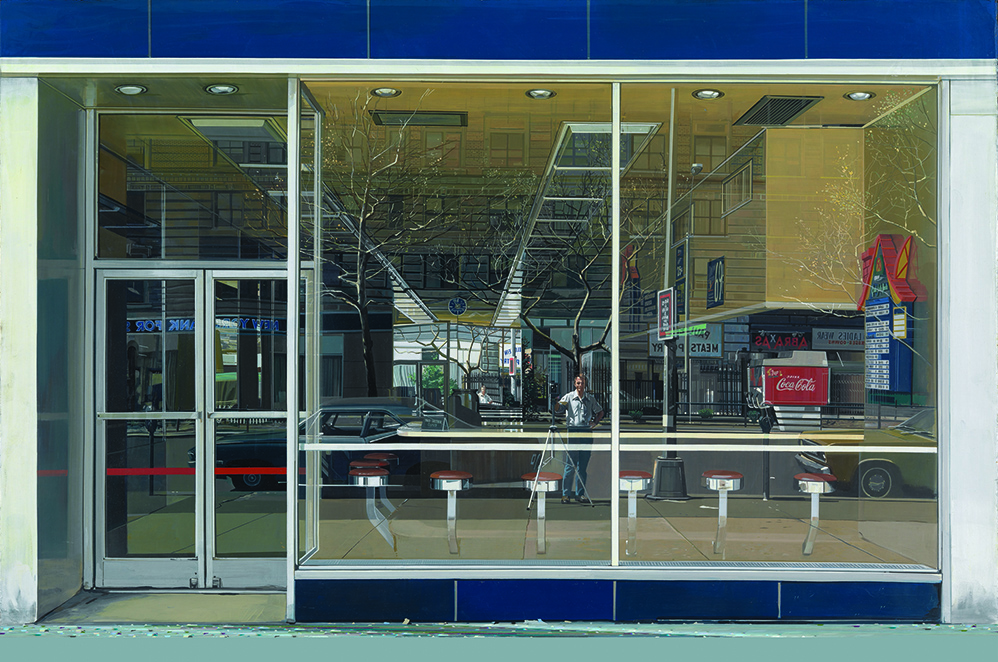
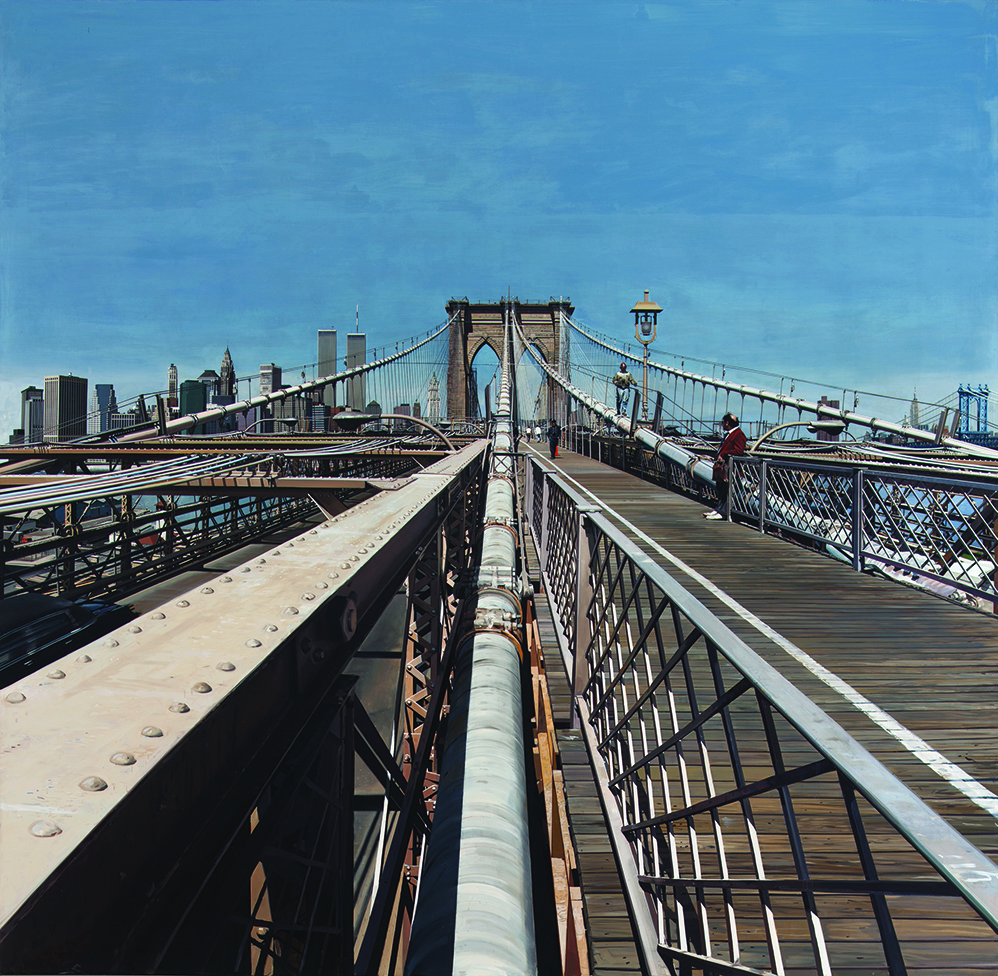

Success. Please wait for the page to reload. If the page does not reload within 5 seconds, please refresh the page.
Enter your email and password to access comments.
Hi, to comment on stories you must . This profile is in addition to your subscription and website login.
Already have a commenting profile? .
Invalid username/password.
Please check your email to confirm and complete your registration.
Only subscribers are eligible to post comments. Please subscribe or login first for digital access. Here’s why.
Use the form below to reset your password. When you've submitted your account email, we will send an email with a reset code.